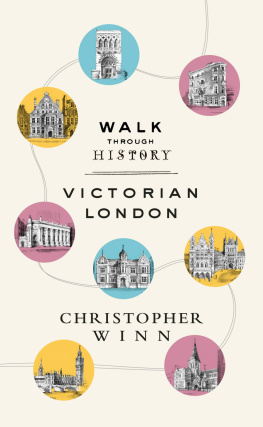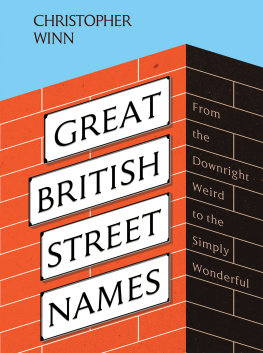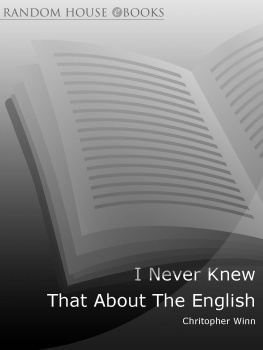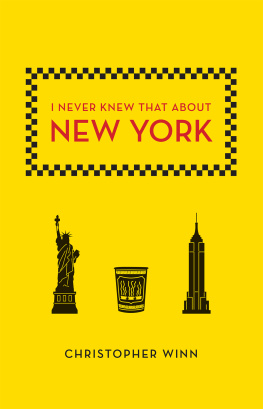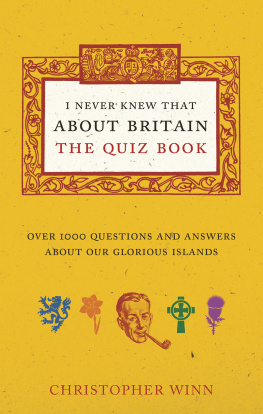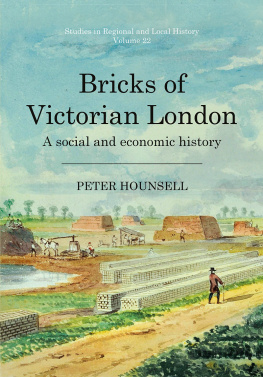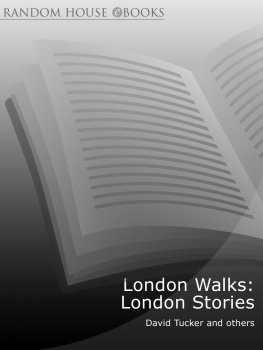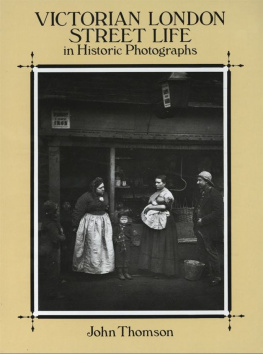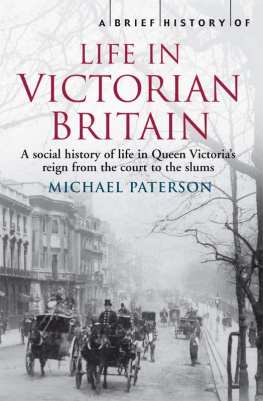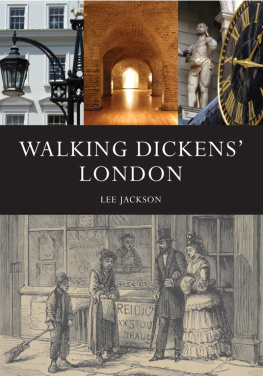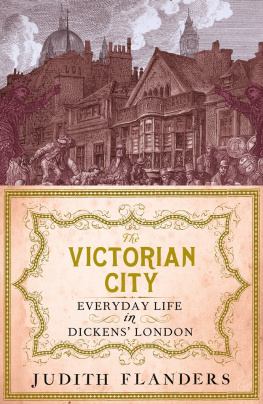This ebook is copyright material and must not be copied, reproduced, transferred, distributed, leased, licensed or publicly performed or used in any way except as specifically permitted in writing by the publishers, as allowed under the terms and conditions under which it was purchased or as strictly permitted by applicable copyright law. Any unauthorized distribution or use of this text may be a direct infringement of the authors and publishers rights and those responsible may be liable in law accordingly.
Epub ISBN: 9781473551930
Version 1.0
3 5 7 9 10 8 6 4 2
Ebury Press, an imprint of Ebury Publishing,
20 Vauxhall Bridge Road,
London SW1V 2SA
Ebury Press is part of the Penguin Random House group of companies whose addresses can be found at global.penguinrandomhouse.com
Copyright Christopher Winn 2018
Christopher Winn has asserted his right to be identified as the author of this Work in accordance with the Copyright, Designs and Patents Act 1988
Illustrations by Mai Osawa
Cover design: Two Associates
Every reasonable effort has been made to contact copyright holders of material reproduced in this book. If any have been inadvertently overlooked, the publishers would be glad to hear from them and make good in future editions any errors or omissions brought to their attention.
First published by Ebury Press in 2018
www.penguin.co.uk
A CIP catalogue record for this book is available from the British Library
ISBN 9781785036897
Preface
For those who have eyes to see
WALK THROUGH HISTORY : Victorian London is an exciting new way to explore London afresh. Walking becomes an adventure, the streets become places of discovery and surprise, history comes alive.
Victorian London is all around us. And yet much of it goes unappreciated, hidden from view by familiarity and everyday life.
The London we live in today is, to all intents and purposes, Victorian London. Londoners live in Victorian houses, are taught in Victorian schools, worship in Victorian churches, are treated in Victorian hospitals, drink in Victorian pubs, play in Victorian parks and gardens, are entertained in Victorian theatres and Victorian museums, drive down Victorian streets, cross Victorian bridges and travel on Victorian railways.
Over the course of Queen Victorias reign, between 1837 and 1901, Londons population grew from something over one million to more than seven million people and the Victorians had to build a city that could accommodate such numbers. They cleared away the slums and laid out Londons streets and public parks. They built the first social housing and the first effective sewerage system. They built the first proper schools and hospitals, the first libraries and museums, galleries and theatres, the first railway stations and public transport system. Inspired by Catholic Emancipation and the Anglican revival they built hundreds of churches and chapels. They built the first luxury apartment blocks and hotels. They built terraces and villas and cottages and studios. They built the great edifices of the modern state, the Houses of Parliament, the Government Offices, the Law Courts. They built the great monuments to commerce, the offices and warehouses, department stores and shopping streets and market places. They built the great monuments to finance, the banking halls and insurance halls and counting houses that made Victorian London into the worlds leading financial centre, which it still is today. Immigration and trade from all over the world made Victorian London into the first world city, and it remains today the worlds most cosmopolitan city.
Social and technological advances during the Victorian Age required new buildings for new purposes. Professional architects came into being to design them and different architects championed different styles.
At the beginning of the Victorian Age the predominant style was classical, based on ancient Greco-Roman architecture and reflected in the endless rows of stuccoed Italianate terraces of west London built in the 1840s and 50s.
As the Victorian Age progressed new technologies and building methods and materials gave architects a greater choice and the Battle of the Styles developed, with Gothic Revival providing the greatest competition. The champions of the Gothic style, as developed by the medieval English church builders, regarded it as symbolic of Christianity, and thus Gothic became the style of choice for churches and for buildings associated with the Church, schools and hospitals and even those cathedrals of learning, museums. Gothic was also thought of as the purest form of English expression and hence was chosen as the design for the Houses of Parliament, perhaps the most distinctive national parliament building in the world. Architects such as Sir George Gilbert Scott and William Butterfield then elaborated on the Gothic and made it their own with polychrome bricks, terracotta and ironwork.
Conscious of the religious overtones of Gothic, the secular world largely stuck with classical, hence Londons many Italianate and classical banking halls and head offices, clubs such as the Reform Club and the National Liberal Club, hotels such as the Charing Cross Hotel and the Grosvenor.
As Londons population exploded, new kinds of domestic buildings were required. J.J. Stevenson and Norman Shaw developed mansion blocks and town houses in what became known as the Queen Anne style of red brick and stone. Sir Ernest George and Harold Peto favoured a flamboyant Flemish style with steep gables and tall chimneys. The Arts and Crafts movement developed its own style, harking back to the medieval world but free from the religious elements.
Each of these styles had within it many variations, and thus London is blessed with a greater variety of architecture than perhaps any other city on Earth. The vision and imagination and confidence that created Victorian London is breathtaking. The attention to detail on even the most mundane of buildings is extraordinary. The genius of Victorian engineering prowess is spectacular.
Although much of Victorian London has been lost to bombing and crass urban planning, organisations such as the Victorian Society and heroes such as Sir John Betjeman have ensured that much has also been saved so much in fact that it would be impossible to cover it all. So, Walk through History: Victorian London cherry-picks the best of it for you, visiting some of the citys greatest Victorian treasures and leading you to some of the finest examples of Victorian Londons many faces.
A note of warning. Walking through Victorian London can become addictive. Once your attention has been drawn to Victorian London you will see it everywhere. Never again will you be able to walk down a street blissfully unaware of that Victorian terrace or school or church. Never again will you be able to pass by a Victorian building without informing those around you of what architectural style it is and who the architect was and who lived and worked there. Never more will you be able to resist pointing out the detail, the varied window arches and ironwork, the terracotta and stone dressings, the polychrome brickwork, the statues and carvings and friezes.
And why, you will ask yourself, have I never noticed that before?
How to use
Walk through History: Victorian London
THE WALKS IN each of the seven chapters of this book cover different areas of central London, areas that serve different purposes, have a different atmosphere and possess different types of architecture. Although the walks in each chapter are contiguous and can be completed in one day, they have been designed to be walked in stages as well. How many walks to do and how long to take depends entirely upon the individual reader, how fast he or she walks, how much time is available, how much time the reader decides to spend at each attraction, how many breaks for refreshment are taken. Each walk never strays far from an underground station so that the reader may start and finish at any point on the walk. Recommended places for refreshment are marked on the map and, in most cases, featured in the text.

